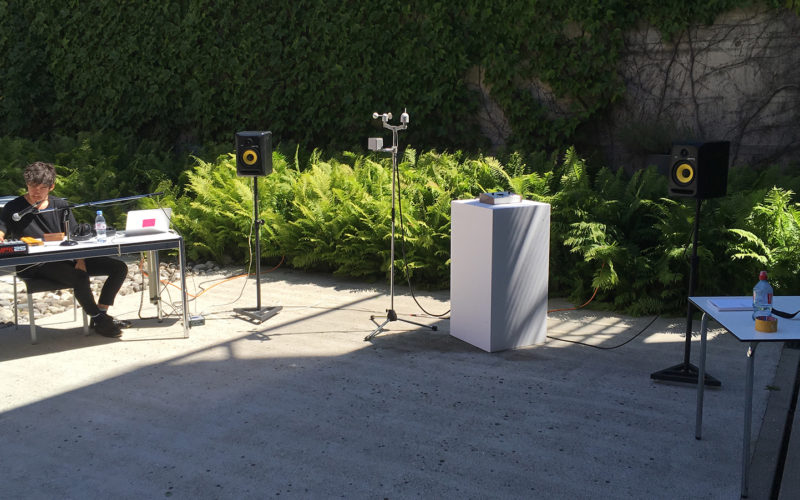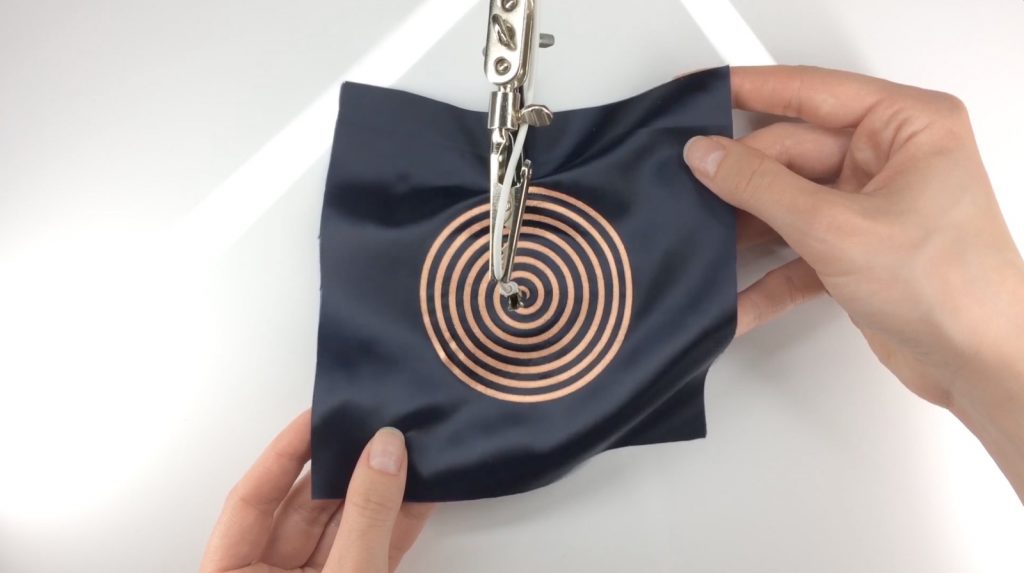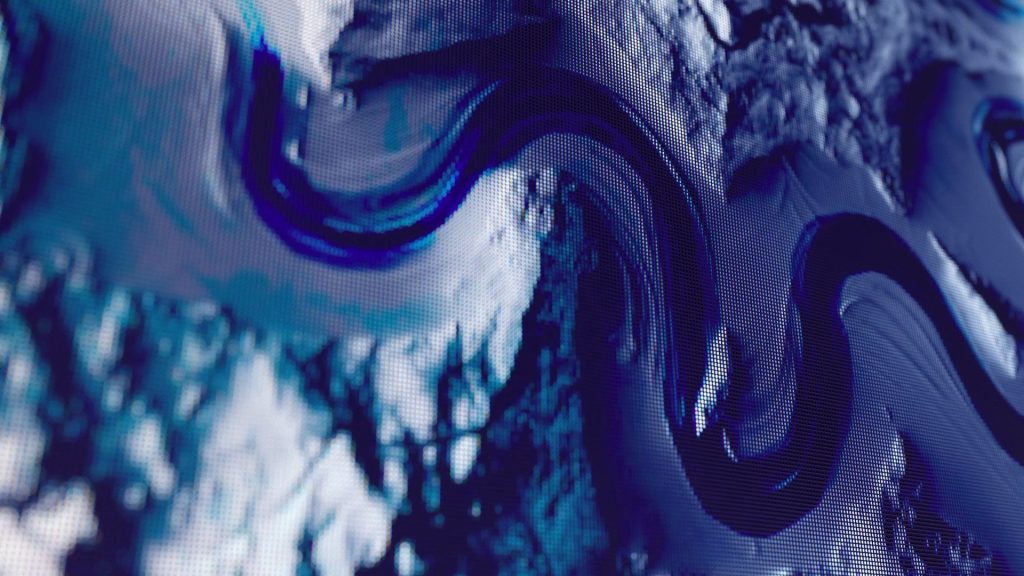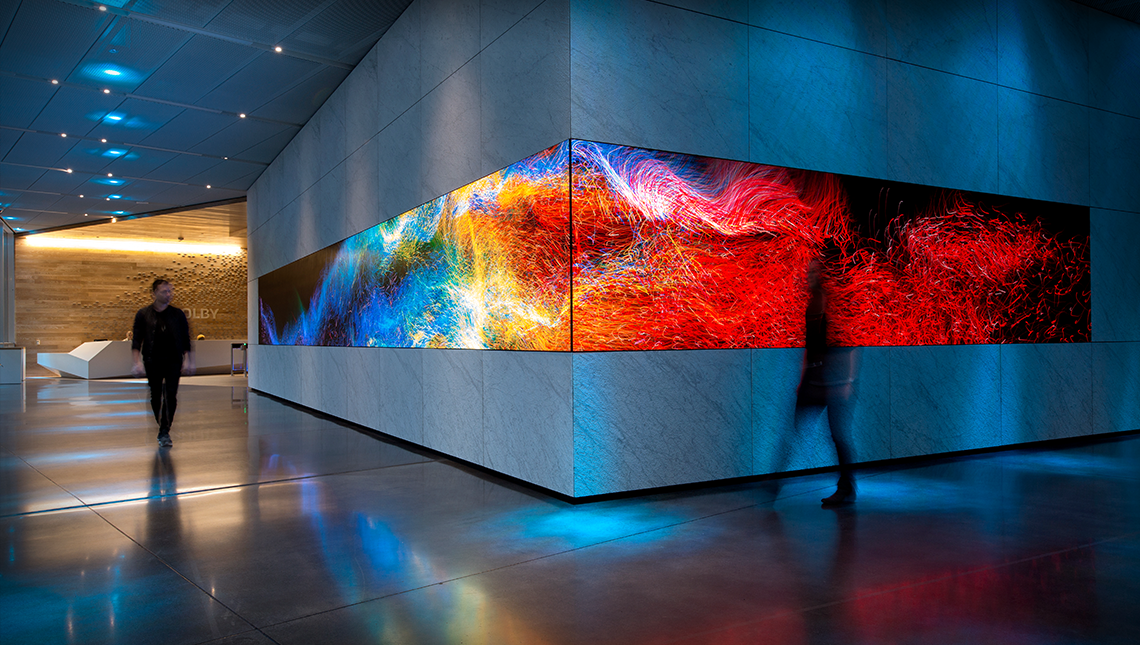“Weather Thingy,” a sound project designed by designer Adrien Kaeser, uses climate-related events to modify and control sounds, which ultimately produces a string of various and unpredictable effects that update according to weather data. This machine utilizes two primary parts; a weather station consists of various climate sensors, and a custom-built controller assigns parameters to sound effects. The weather data interpreted by this machine can also be visualized on a screen and even allows the musician to control the amplification of the sound.
I respect the control that Kaeser gives to musicians using this machine; while the machine does force the user to interpret the climatic impact on the composition of their music, it gives them the control to both override and reuse these effects throughout. It insures the artist still has creative freedom, but encourages them to acknowledge factors beyond their own control.

![[OLD FALL 2019] 15-104 • Introduction to Computing for Creative Practice](../../wp-content/uploads/2020/08/stop-banner.png)


